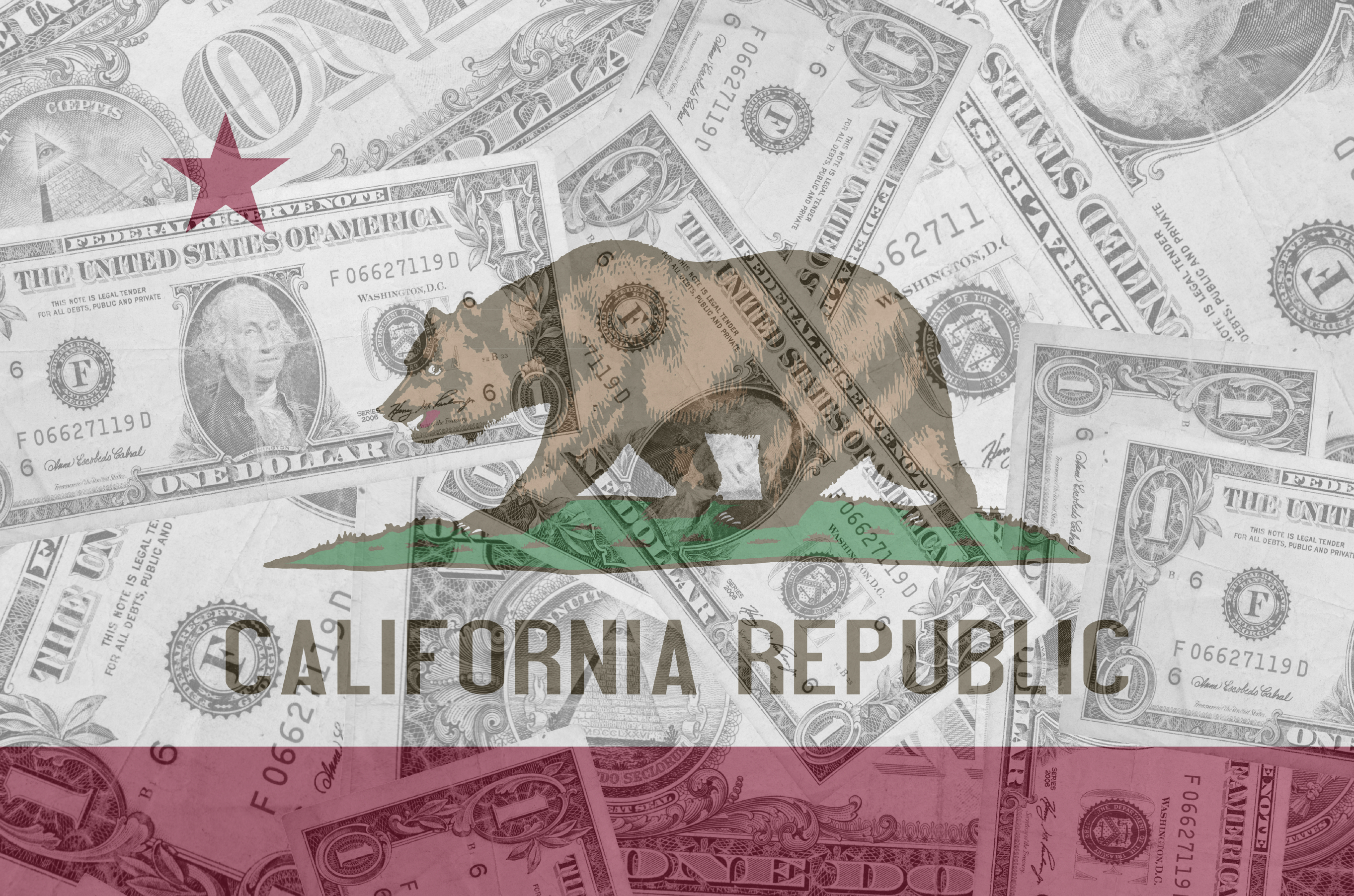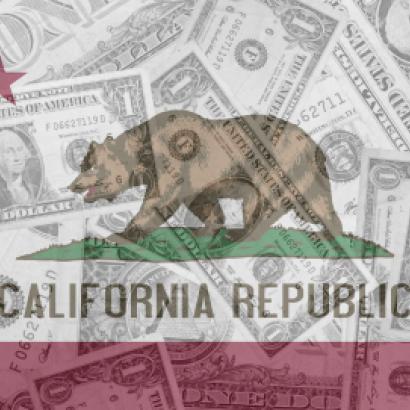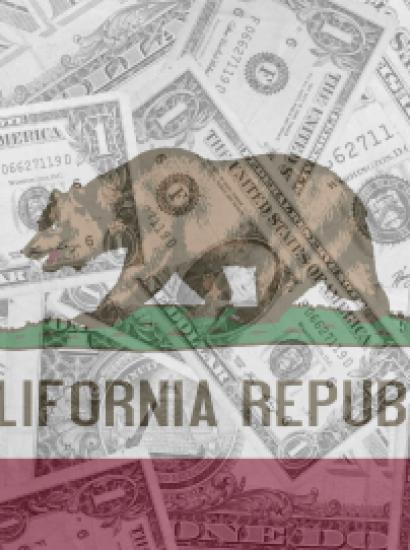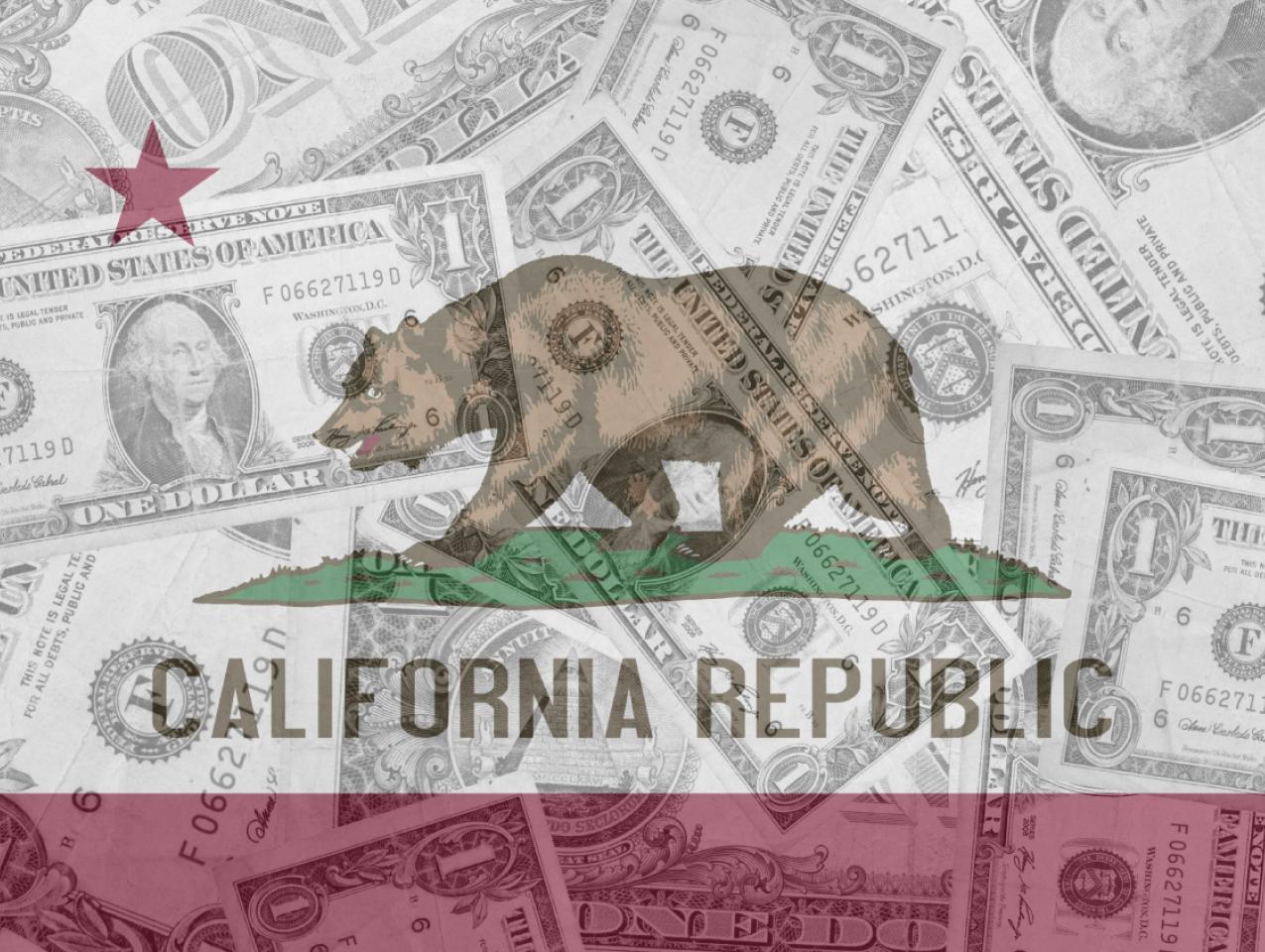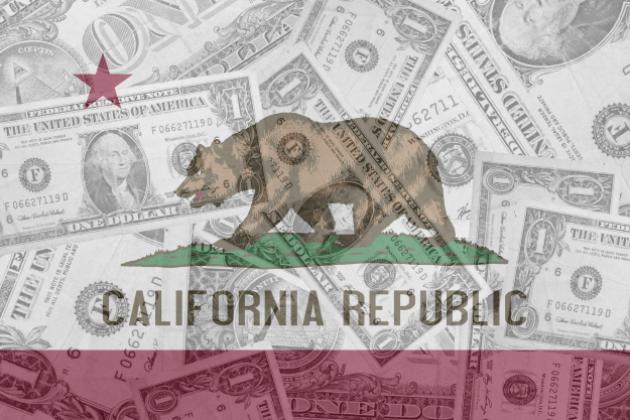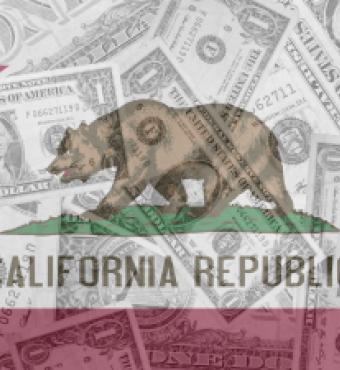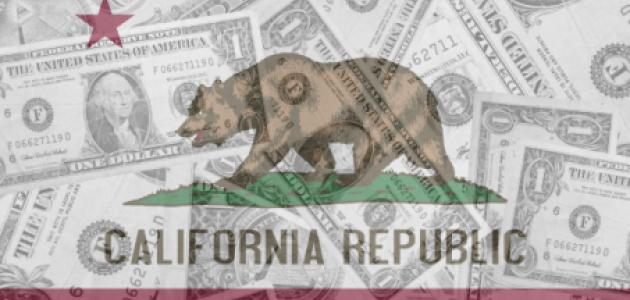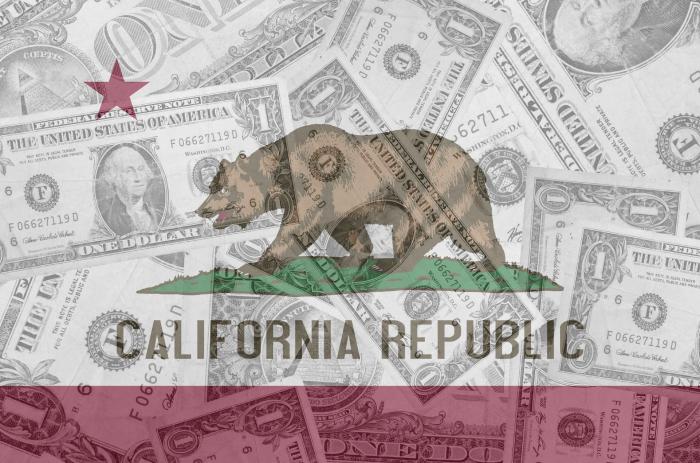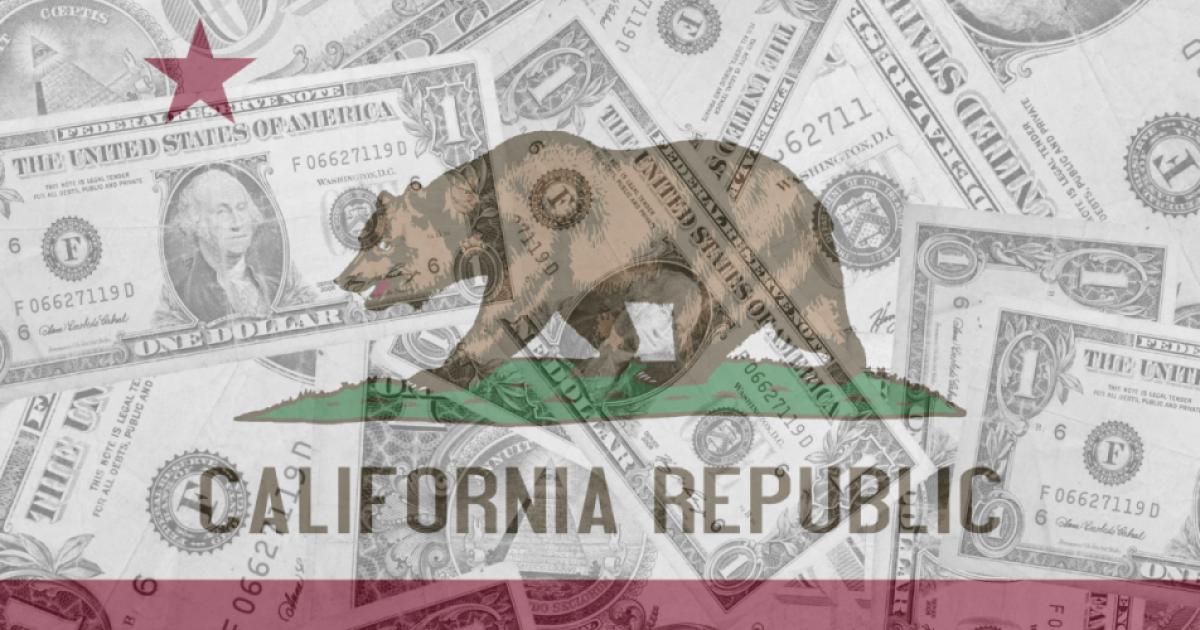Good luck trying to get your arms–and your head–around the enormity of California’s economy.
Last month, the state’s 2015 gross domestic product (GDP: a measure of goods and services) was calculated at $2.46 trillion.
That’s trillions, folks, with nine zeros–as in nine shutout innings from Clayton Kershaw, nine Oscar losses suffered by Peter O’Toole and Harrison Ford, or nine months without rain in an area that not so long ago was mired in a historic drought.
Other ways to appreciate the strength of California’s economy:
in 2015, the US GDP increased 3.7 percent; California’s hummed along at 5.6 percent–the fourth consecutive year that California outpaced the nation. The only countries, in addition to the United States, with higher GDP output were China, Japan, Germany, and the United Kingdom.
Yet beneath the showy numbers are some serious structural problems–fitting for a state that rests along fault lines.
Take, for example, personal prosperity.
At last count, California was home to 124 of America’s 540 billionaires (neighboring Arizona, Nevada, and Oregon have but 19) with a combined wealth surpassing half-a-trillion dollars.
On the flip side, the Golden State’s 20.6 percent poverty rate is the nation’s worst, challenged the closest by Florida at 19 percent.
You can blame that in part on California’s exorbitant cost of living, which leads to cruel contradiction.
On the one hand, modern-day California lives up to its legacy as a land of opportunity.
San Jose, the state’s fast-growing metropolitan area, experienced stronger economic growth than all but two of the nation’s 382 metropolitan areas in 2015. California unemployment stood at 4.9 percent, a far cry from the 12.5 percent in the the aftershock of the Great Depression. If you’re looking for work in the Golden State, begin in the San Francisco Bay Area; it’s home to about two-thirds of the new jobs created in California in March.
But I wish you good luck in finding a place to live and getting to work.
Since 2010 California’s population has grown by roughly 6 percent. Meanwhile the nation-state’s supply of housing has grown by only 2.9 percent (this May 2015 edition of Eureka explores “California’s Housing Conundrum”).
To say that affordable housing is in demand would be an understatement. According to a recent “migration report” by the real estate brokerage Redfin, about one in five potential home buyers in San Francisco looked outside the region for a home.
Could you cut it in the California economy? First, try weighing two numbers: if you’re a homeowner, the value of your property versus something similar in an economic hotbed like Santa Clara County (home to Google and many a Facebook plutocrat), where the typical single family home clocks in at $1.05 million, up 1.5 percent from last year.
Second, check your paycheck. In adjacent San Mateo County, home to Facebook, the federal government has deemed $103,500 as the low-income cutoff point for a family of four.
Why mention the price of housing? Because lawmakers, in their search for additional revenue, may encourage voters to repeal a portion of Proposition 13, which four decades ago placed a rate cap on commercial and residential property taxes (some historians argue that the Prop. 13 campaign was the opening salvo of the Reagan revolution that came along two years later).
Where all of this is going is anyone’s guess. California’s population continues to grow: at last count, the nation-state is but a modest-sized city from surpassing forty million residents.
But appropriate for a state with a company holding a patent on blue jeans, the California of 2017 is not unlike an overweight man trying to stuff himself into a pair of dungarees several sizes too small.
Nowhere is that more apparent than California’s state budget. Despite relatively low unemployment, bull markets, and houses selling like hotcakes–all of which add up to lots of revenue pouring into Sacramento’s coffers--state spending remains a high-wire juggling act.
The “May Revise” to the governor’s proposed 2017-18 state budget (the constitutional deadline for passing California’s budget is June 15; the new fiscal year begins July 1, with spending and revenue constitutionally required to be in balance) reflects this contradiction (if you want to don your green eyeshades and pour through the state’s budget math, here’s a pdf of the revised spending plan).
That’s because the state collected “only” $15.98 billion in April: the peak month for tax revenue finding its way to Sacramento. That figure may sound formidable, but in fact it is $1.05 billion short of what had been projected for the month.
Breaking down that revenue disappointment:
- In April, California typically collects about 17 percent of its personal income tax receipts; this year, collections lagged by more than 5 percent
- Retail sales and use tax receipts fell short of projections by 13 percent (almost $107 million)
- Corporation tax receipts for April were nearly 14 percent less than earlier budget estimates
In the bigger picture, for the first ten months of the California fiscal year that began last summer, total revenues of $96.88 billion were $1.83 billion below last summer’s budget estimates and $211.3 million shy of January’s revised fiscal year-to-date predictions. Total FYTD revenues were $1.74 billion higher than for the same period of the prior fiscal year.
The simplest way to read these numbers is that California has more money to spend but not nearly enough to feed the beast that is the state budget, which has tripled, from $57.5 billion in 1994 to $183.4 billion now currently on the table, in the nearly quarter of a century that I’ve lived in the Golden State.
California’s economy is growing, but not enough to keep pace with lawmakers’ more grandiose ideas. Given that the state, in an economic sense, is living on borrowed time, as you’ll see in the accompanying chart, a recovery that’s currently three years longer than expected: something has to give.
The translation is that lawmakers will have to do more in the immediate future to prime the economic pump so as to add more to the state’s coffers, or they should prepare for cut in spending, given an economic contraction that’s a question of when, not if.
If this isn’t a government call to arms, what is?
In this this edition of Eureka, we’ll examine a few thorny issues germane to California’s economy.
That includes
- Daniel Heil, a Hoover Institution research fellow, examines the state’s lack of interest in tax reform and creating lasting economic incentives (the last significant tax reform in California was two decades ago).
- Kevin Klowden, executive director of the Milken Institute’s California Center, lays out a vision of state infrastructure for the next fifty years (it’s now a half-century since the legendary Governor Pat Brown and his vision of freeways and waterways).
- Loren Kaye, president of the California Foundation for Commerce and Education and senior adviser to two governors, walks us through the pros and cons–mostly cons–of putting Californians on a nondriving “road diet.
- Tammy Frisby, a Hoover research fellow, details the latest Hoover Golden State Poll that asks Californians for their preferences on infrastructure improvements and their willingness to fiddle with Prop 13.
We hope you enjoy this latest installment of Eureka and that it gets you thinking about where California stands and if we’re moving in the right direction.
Happy reading!







